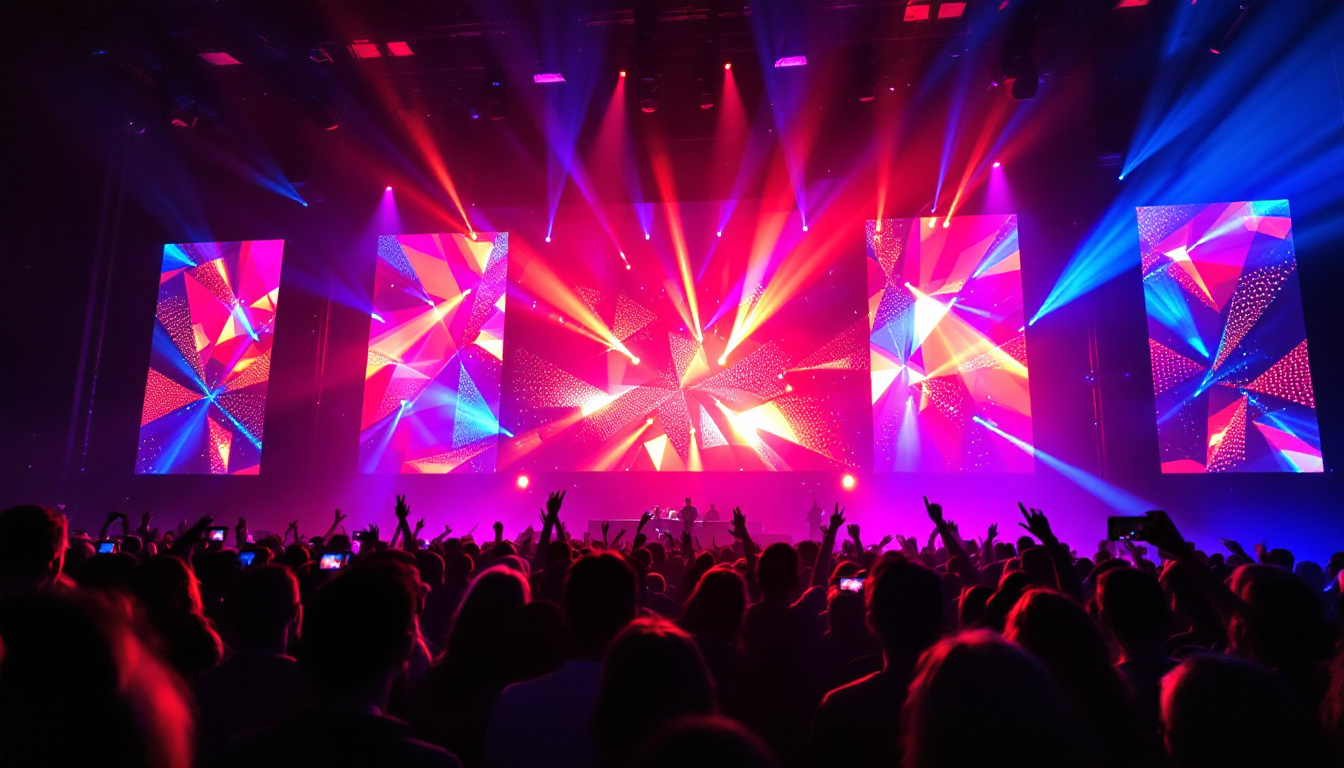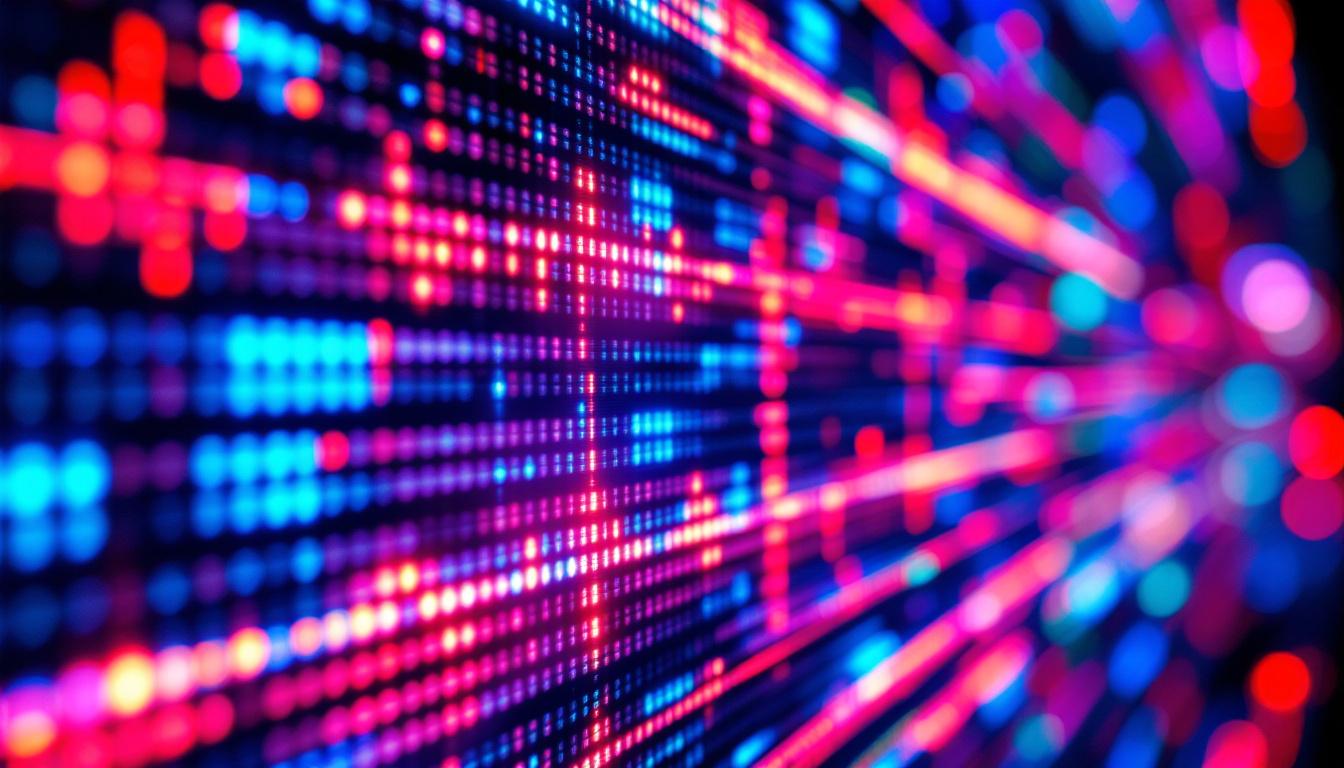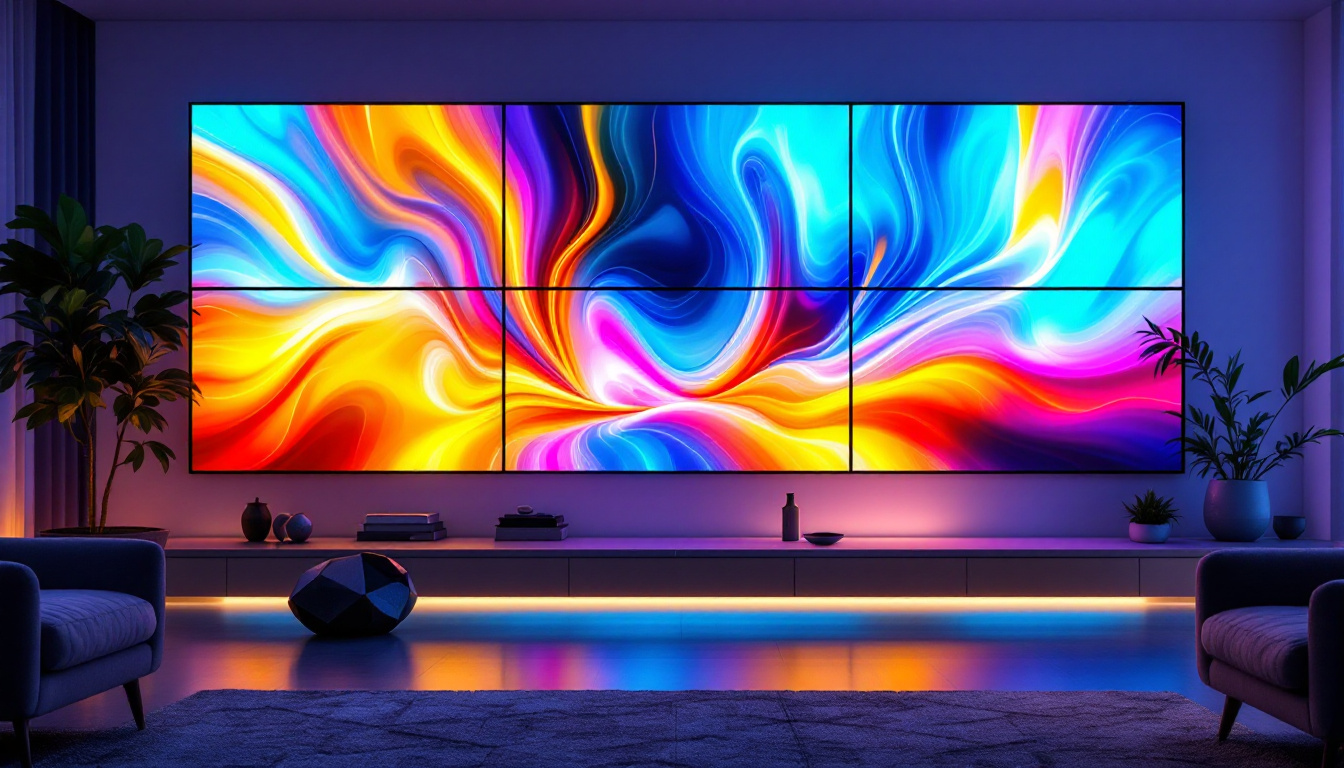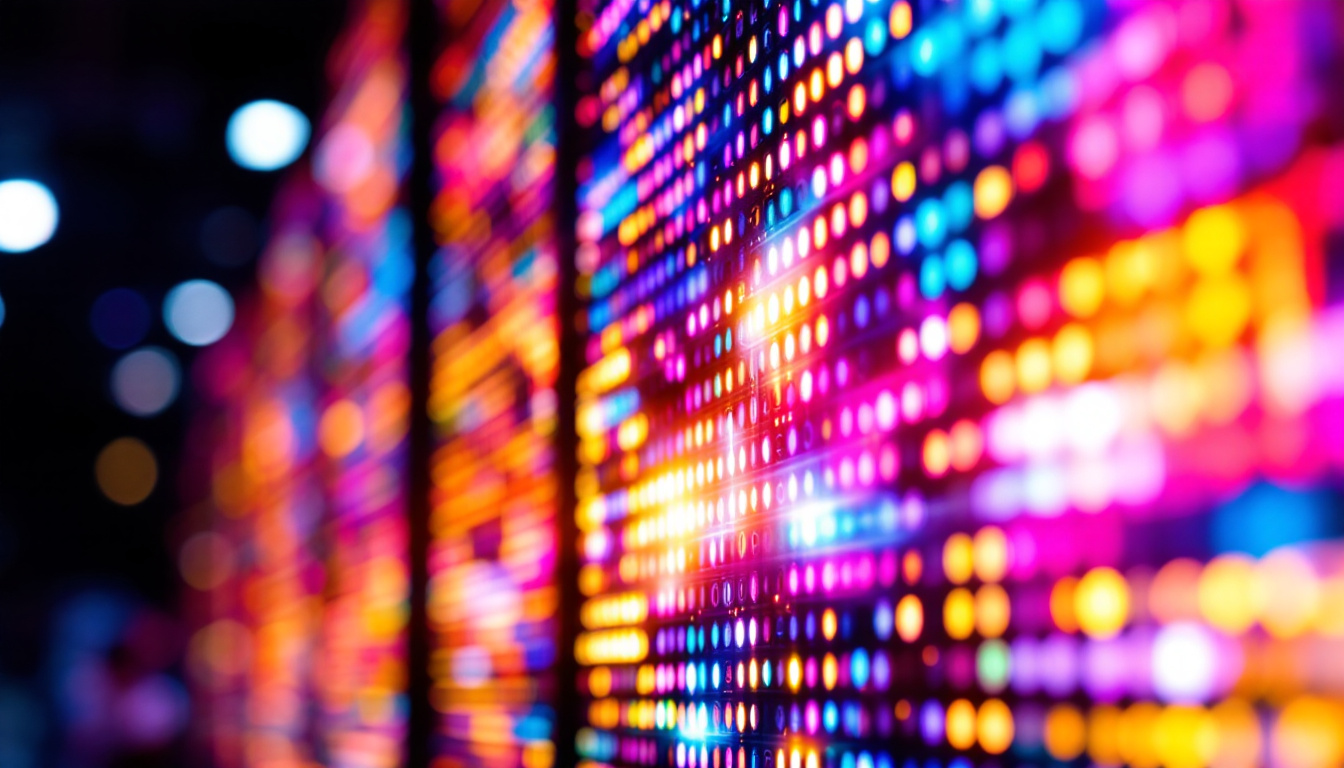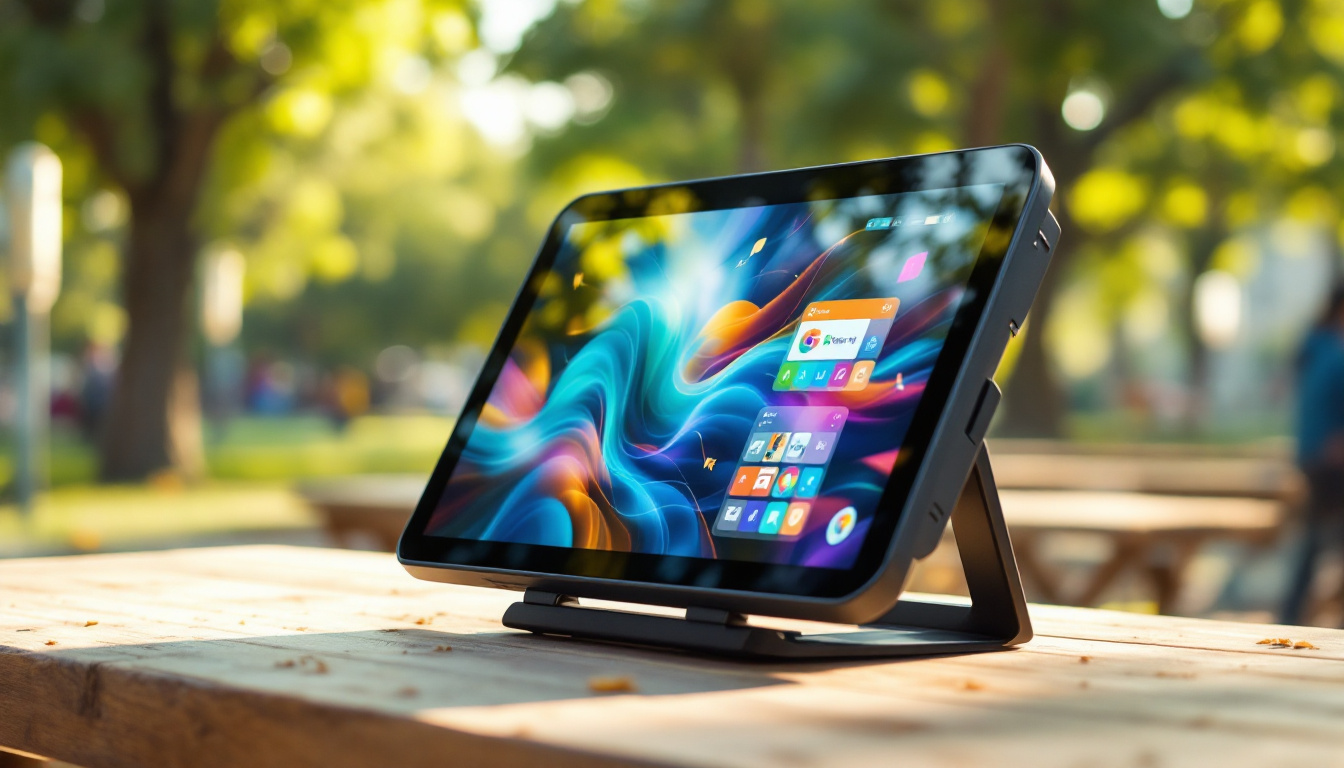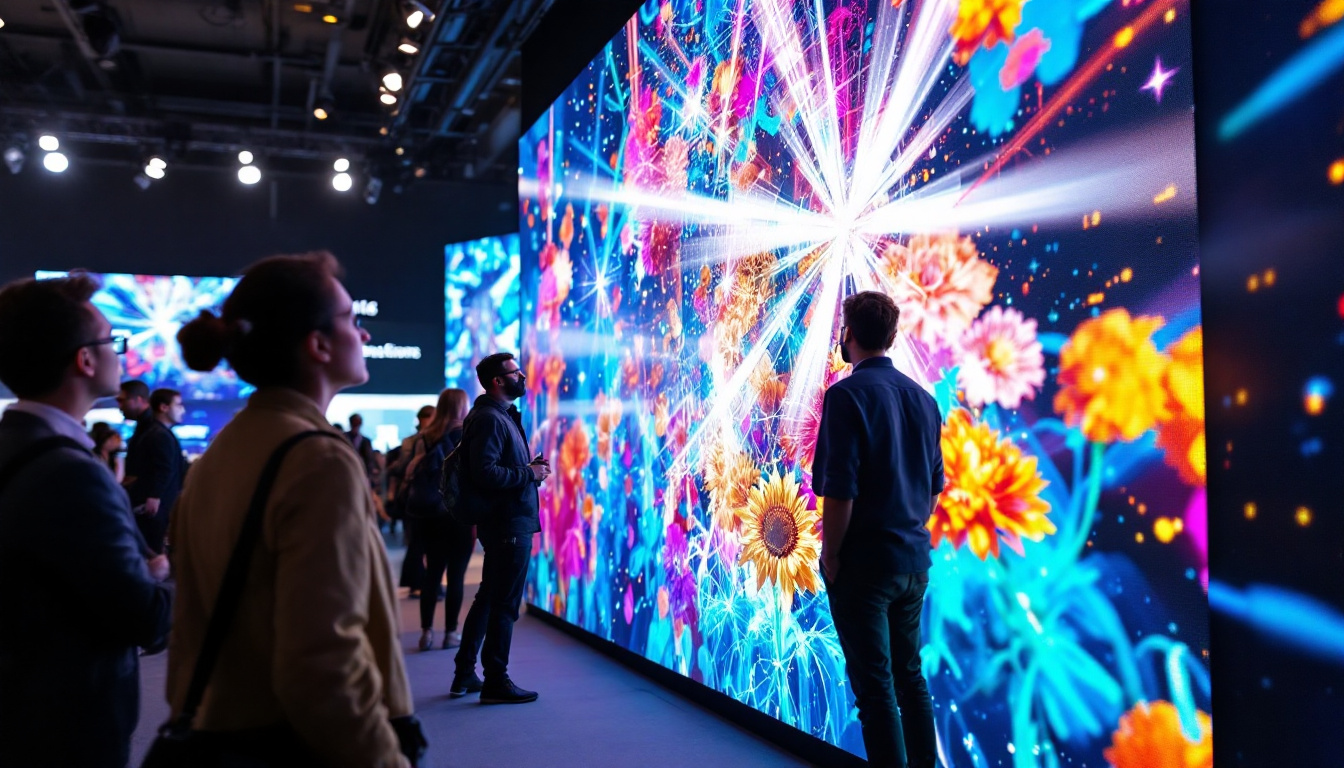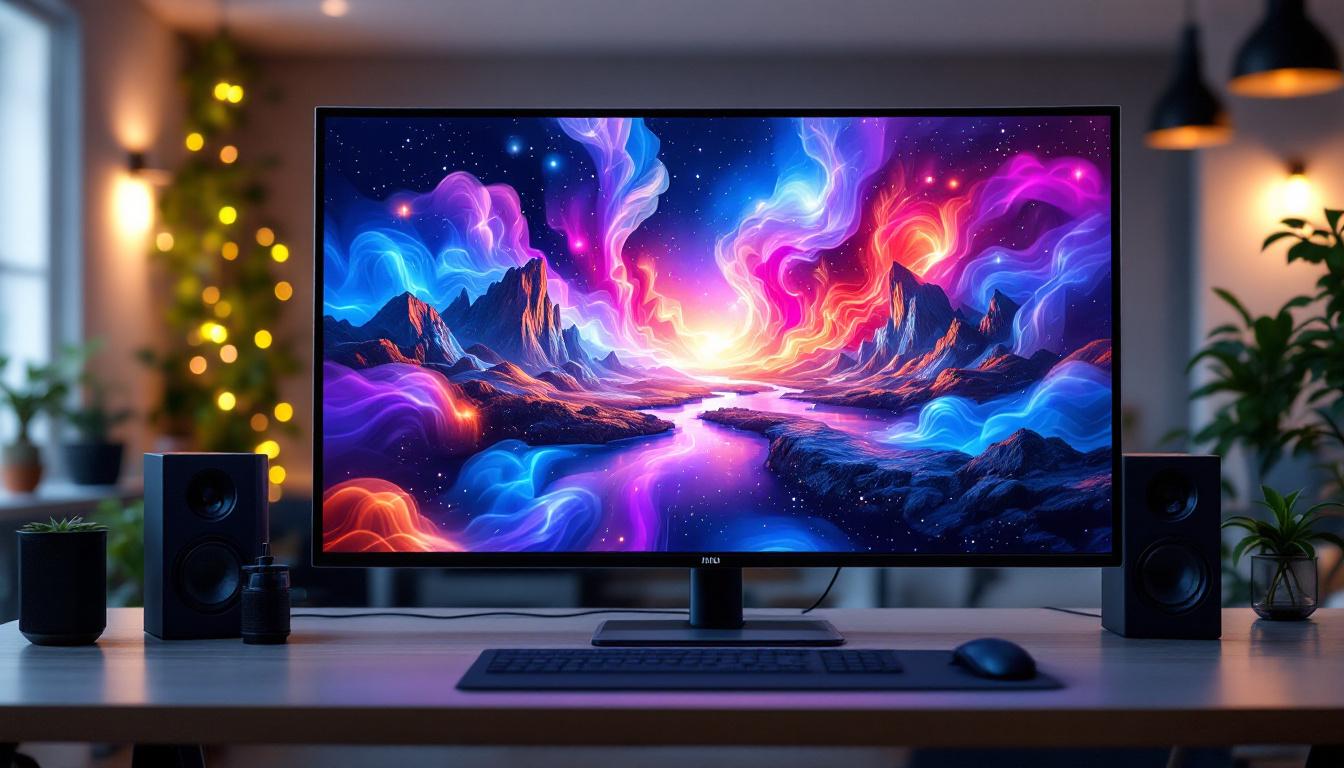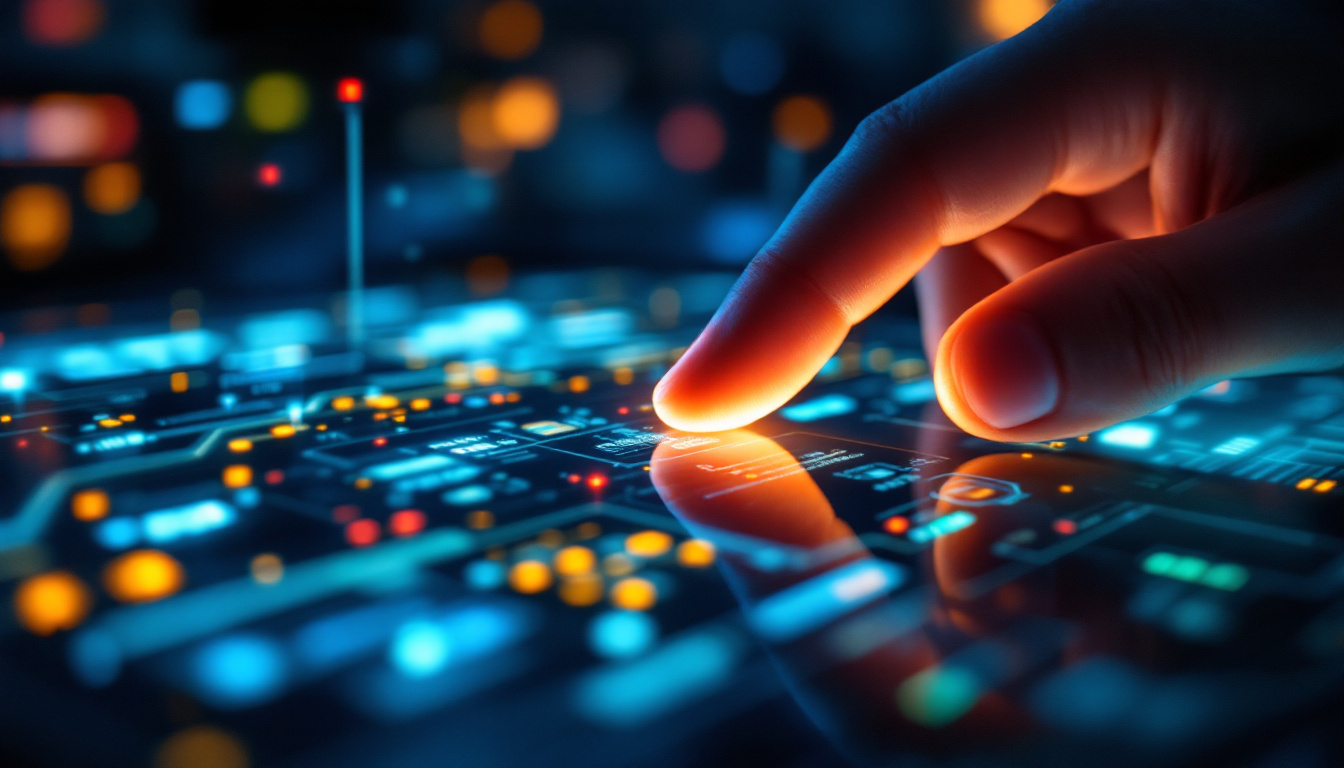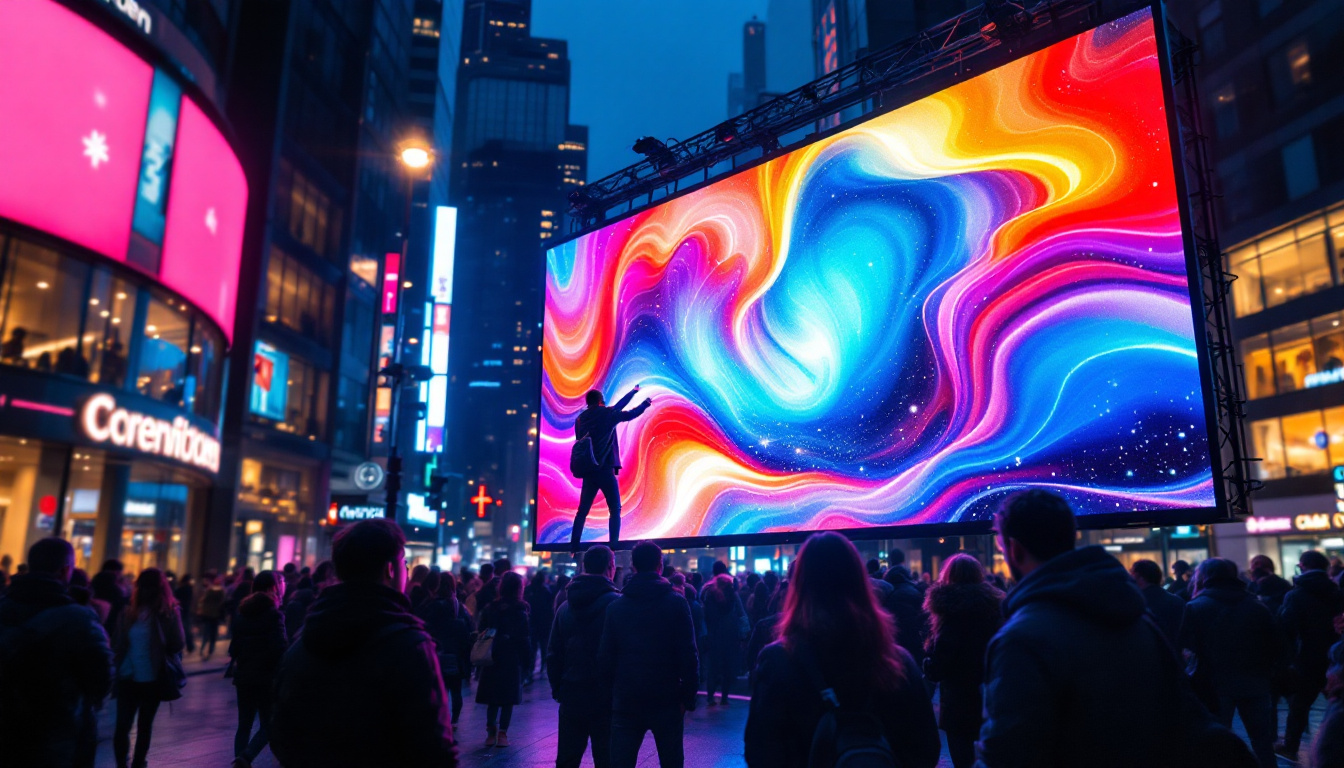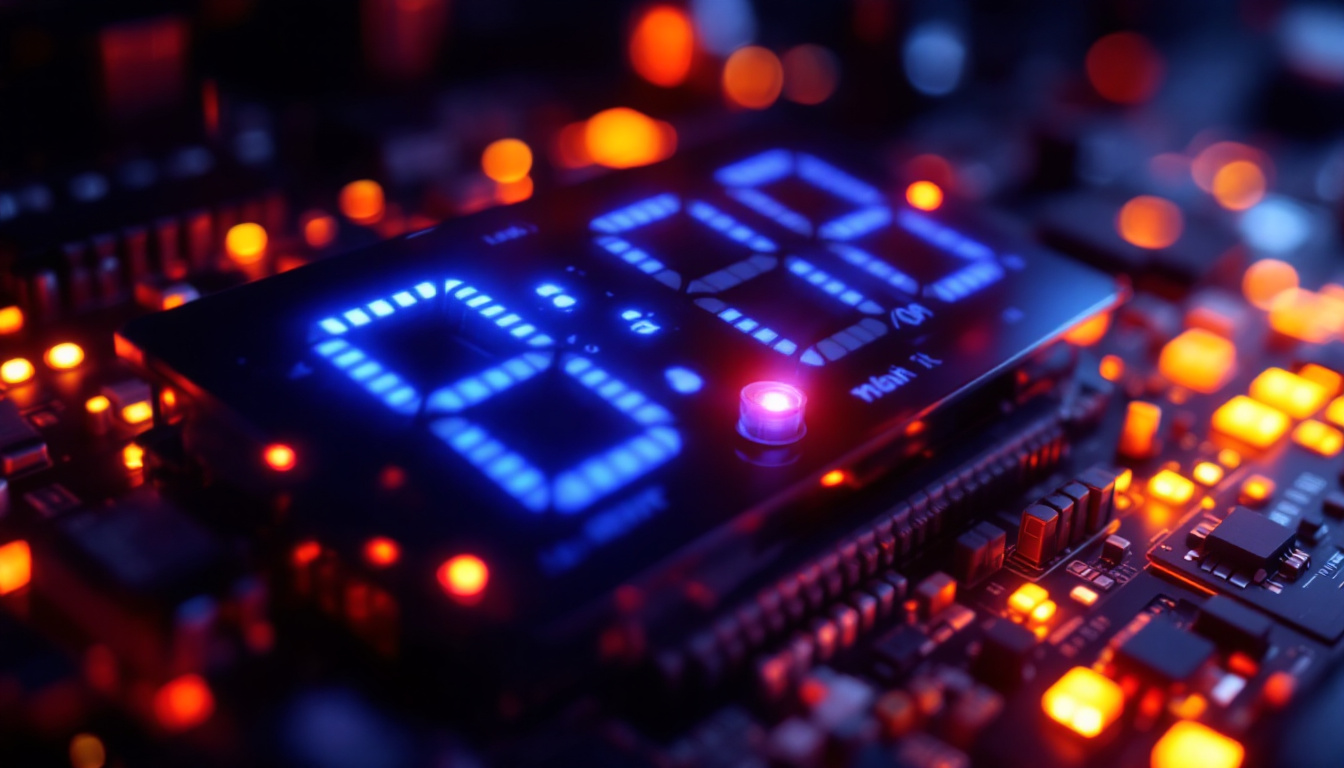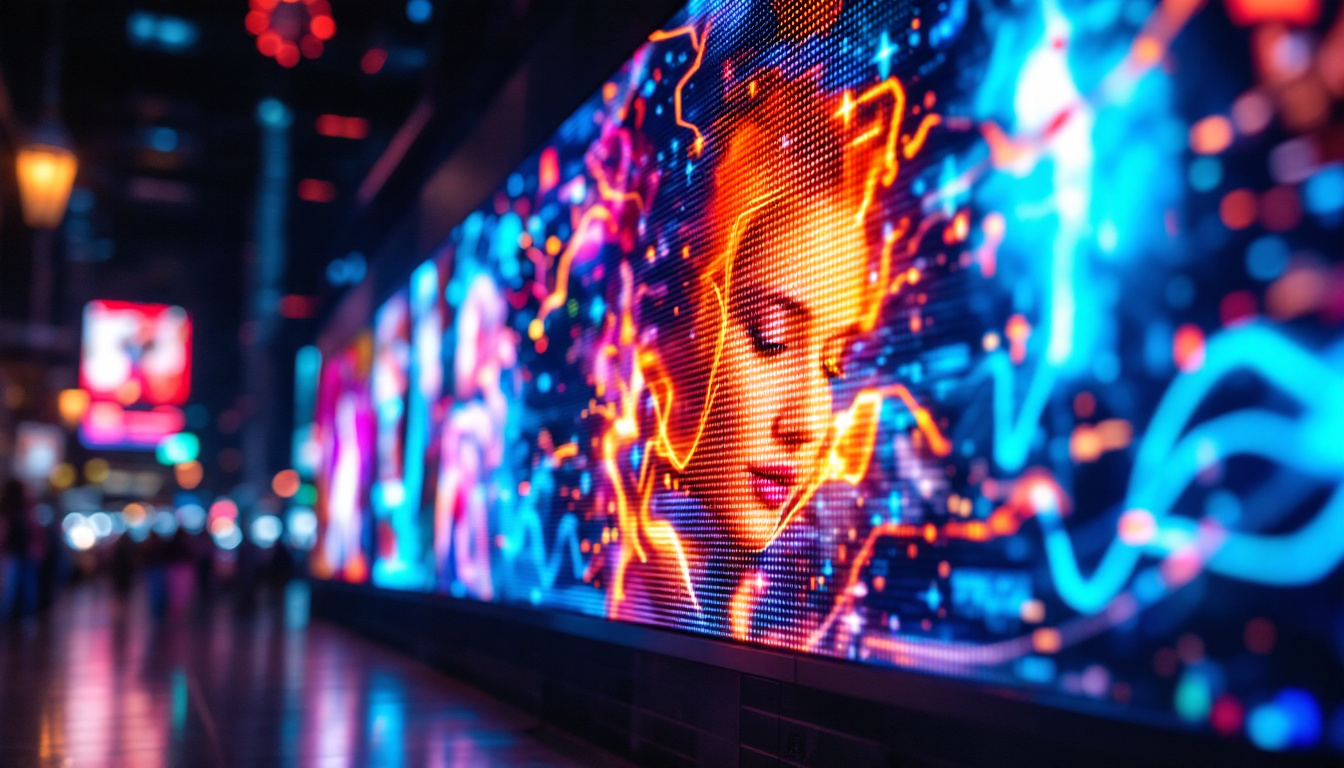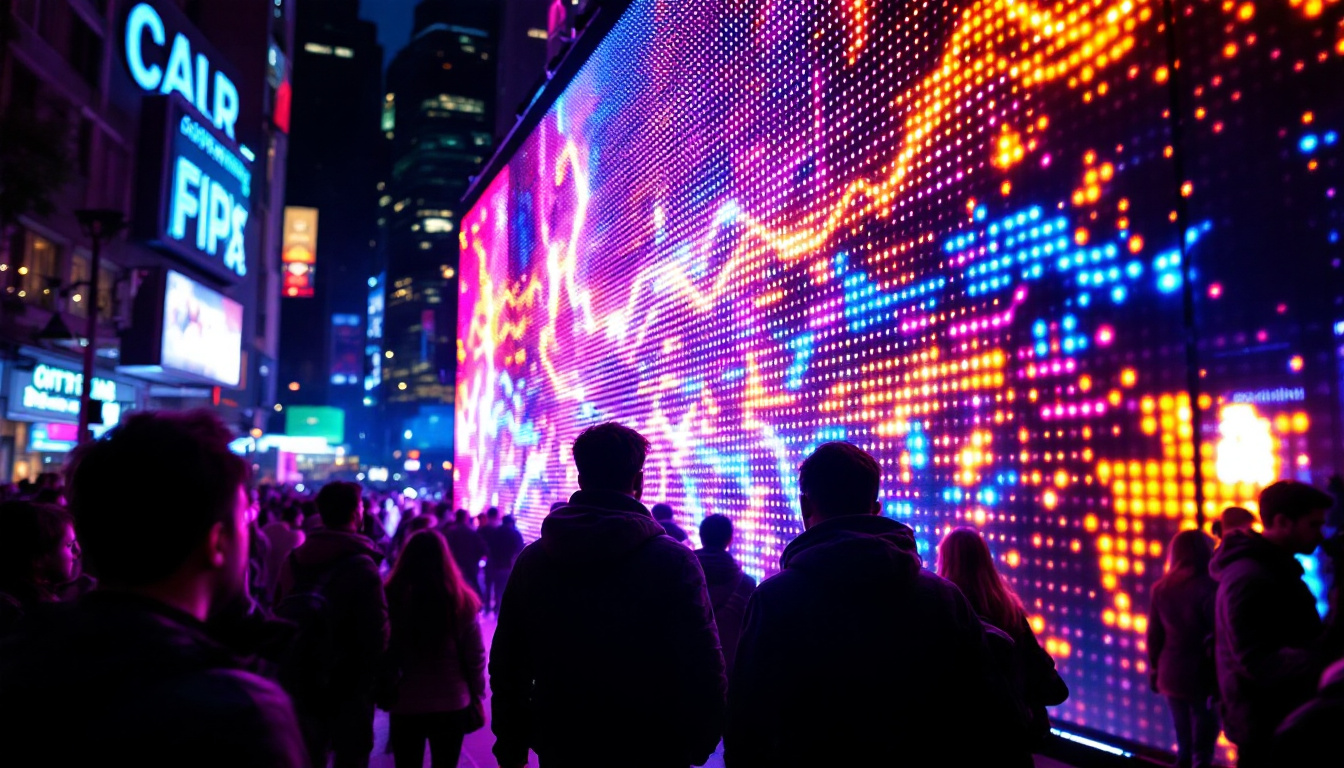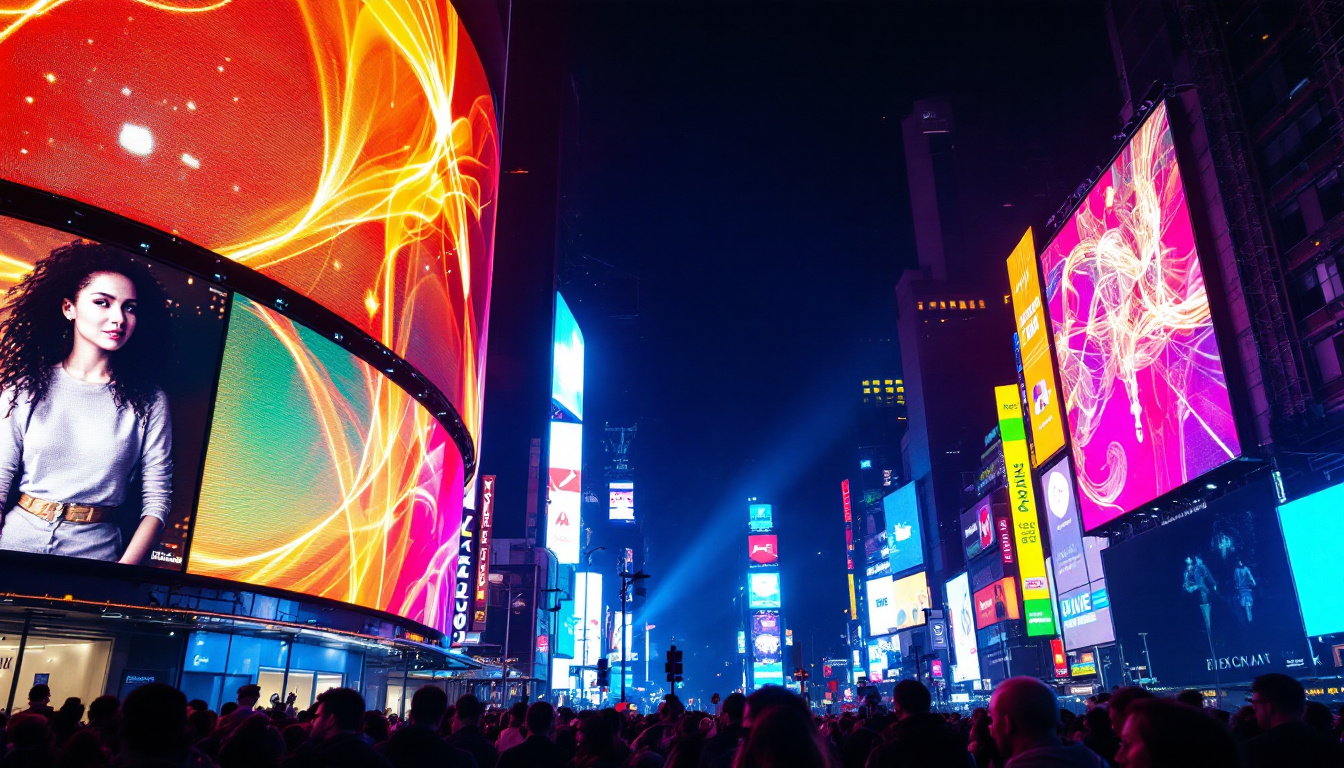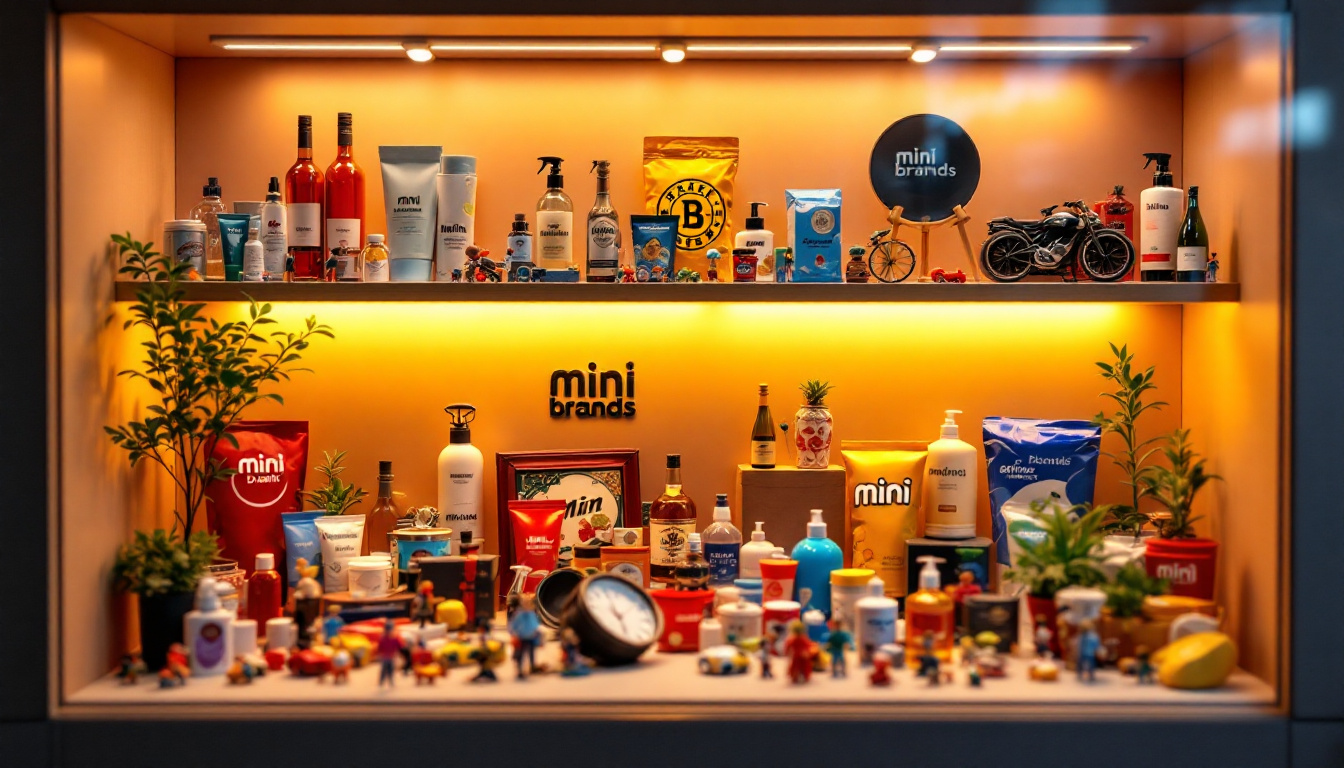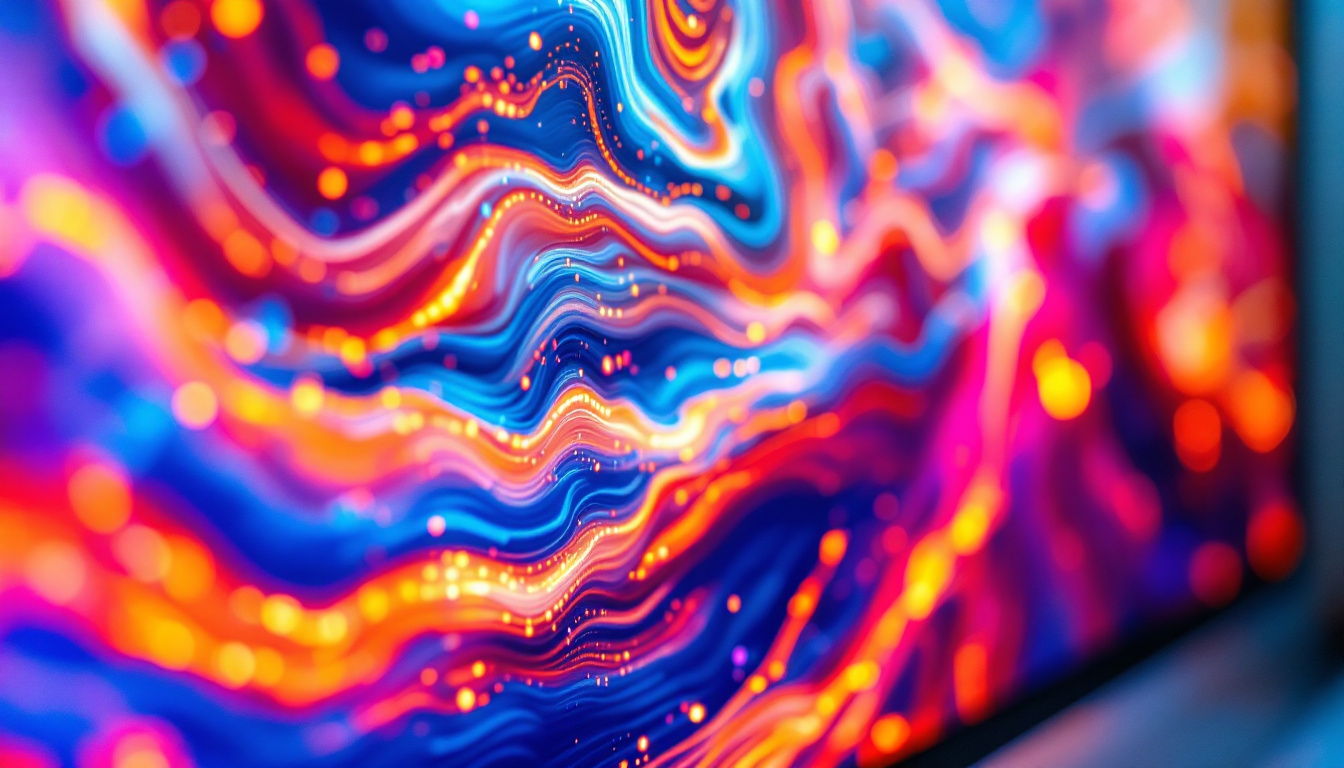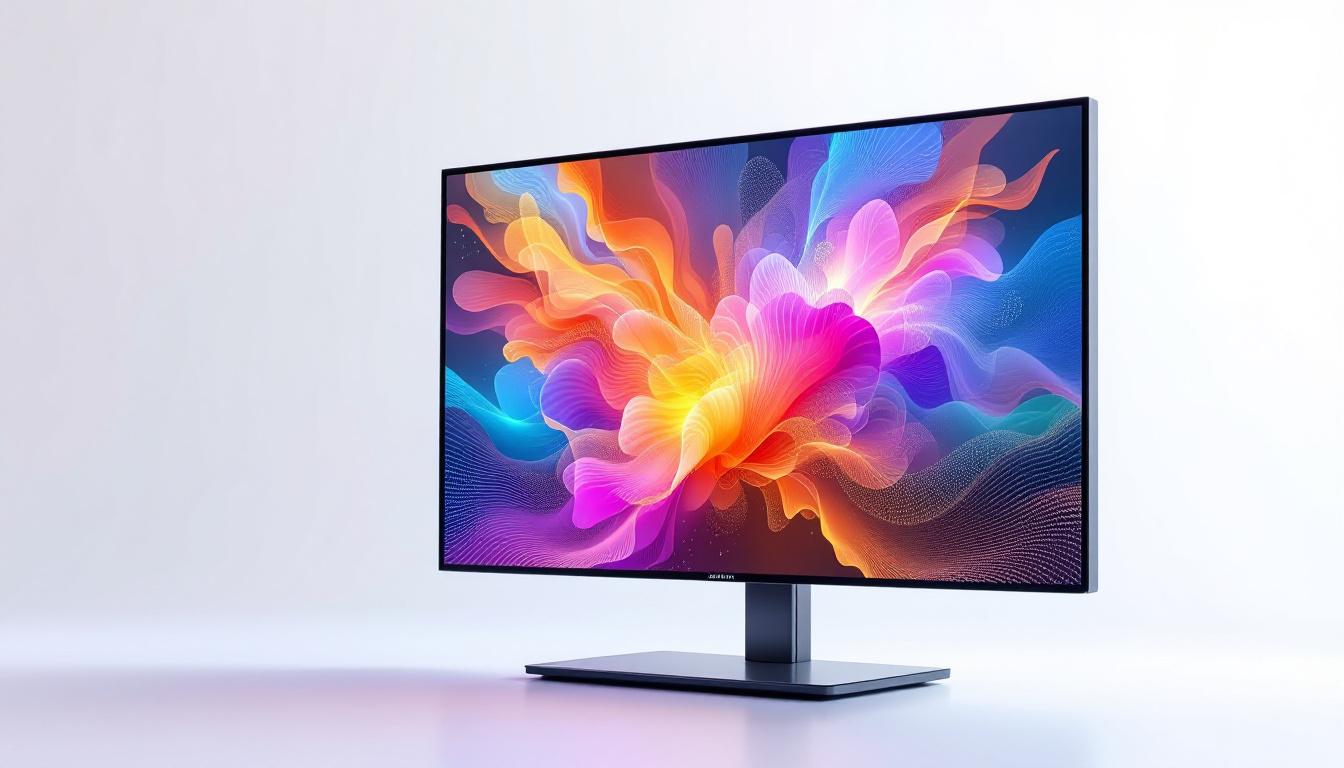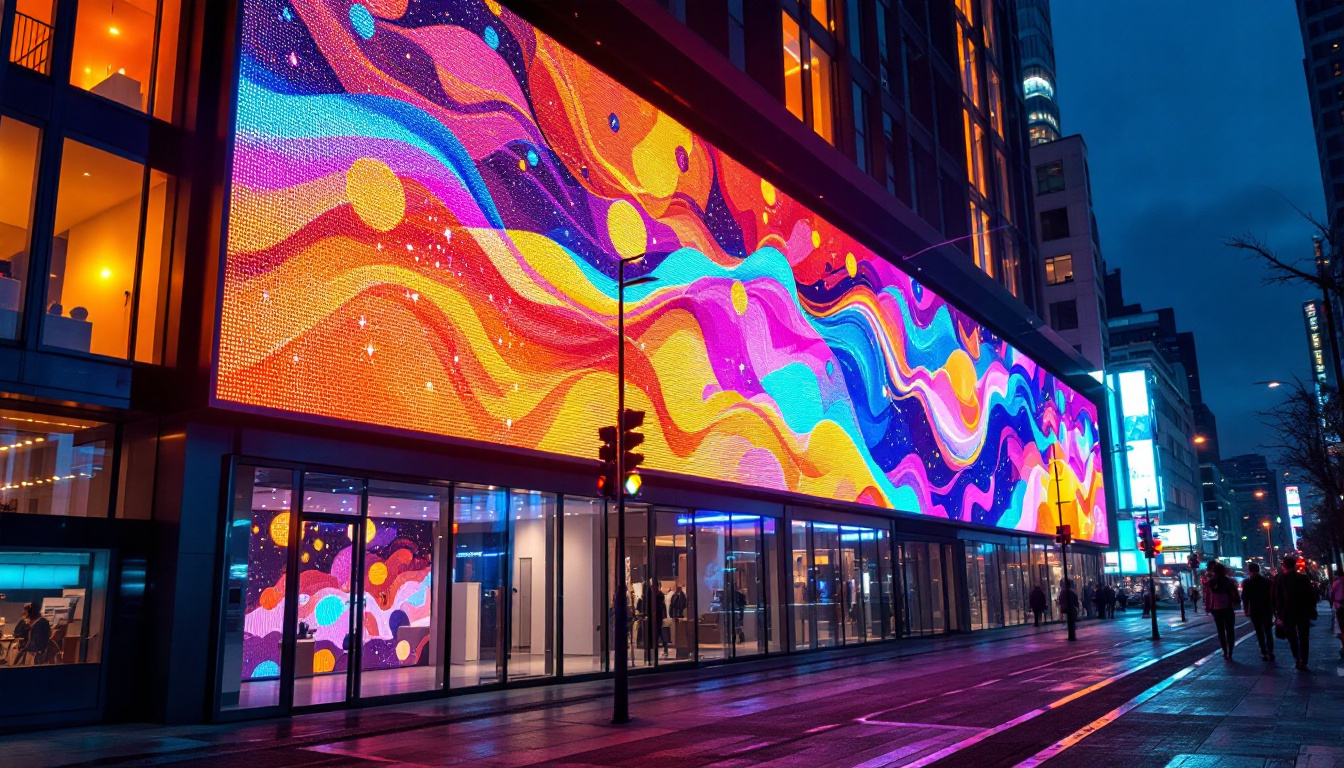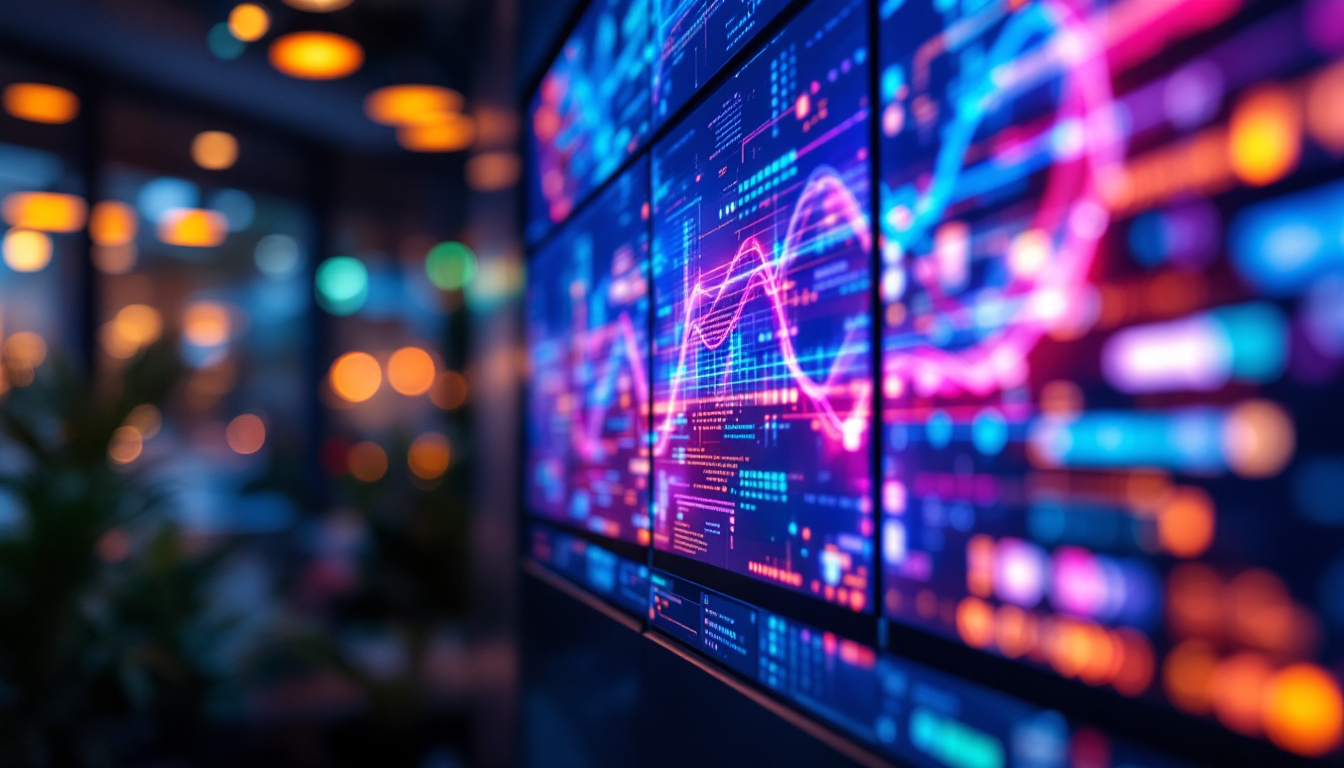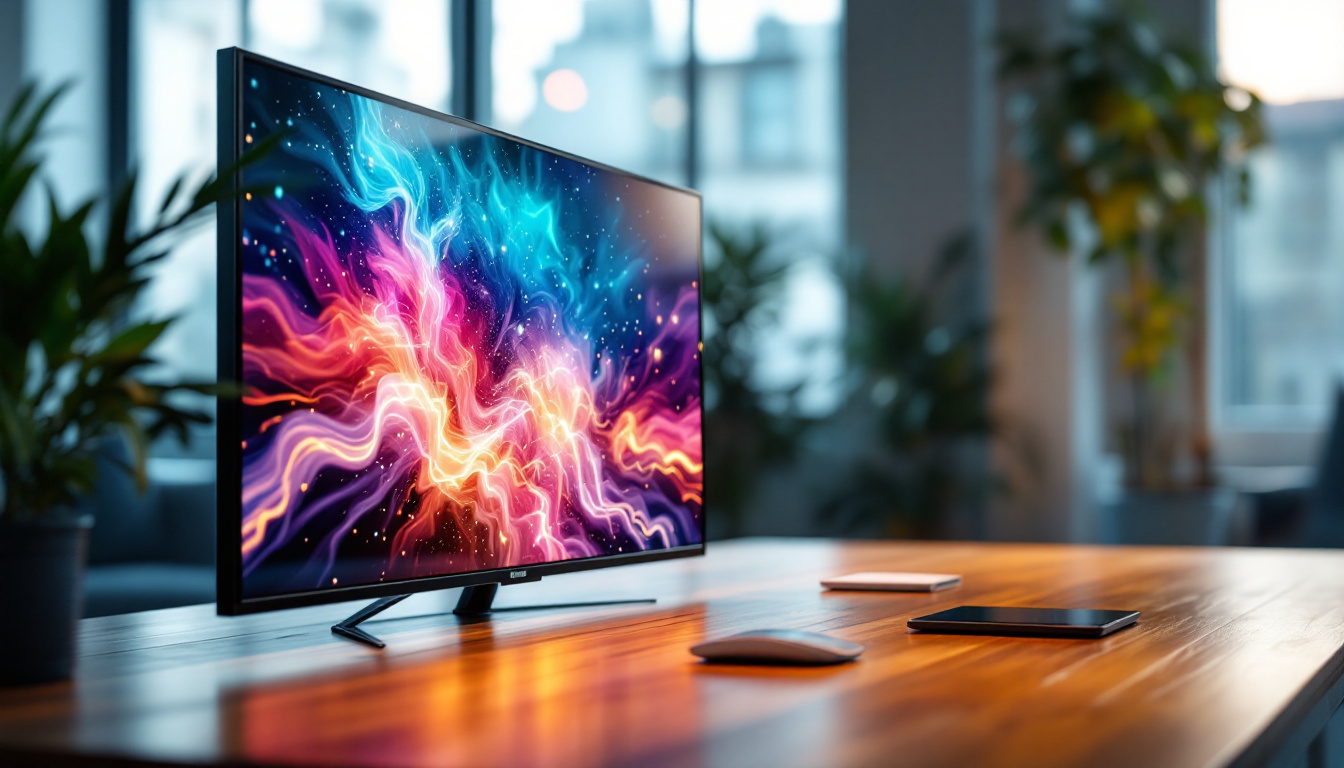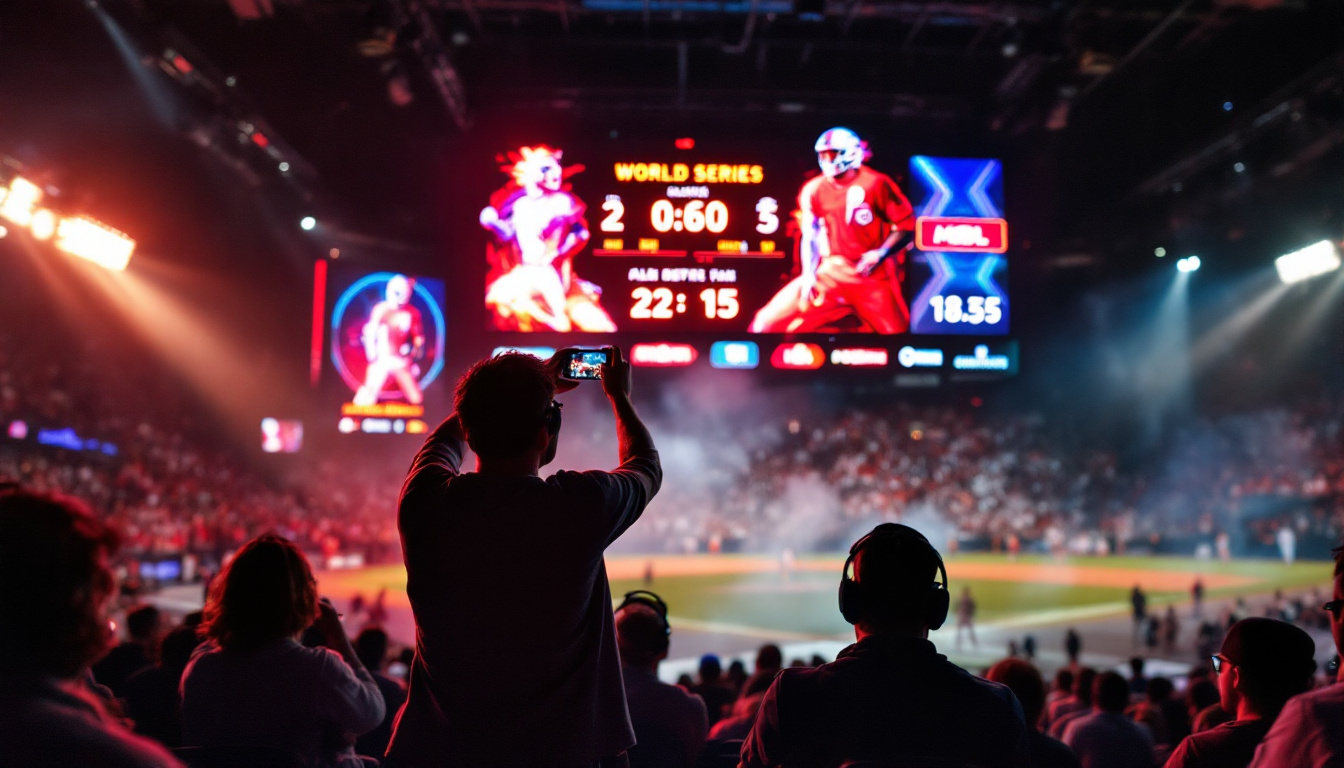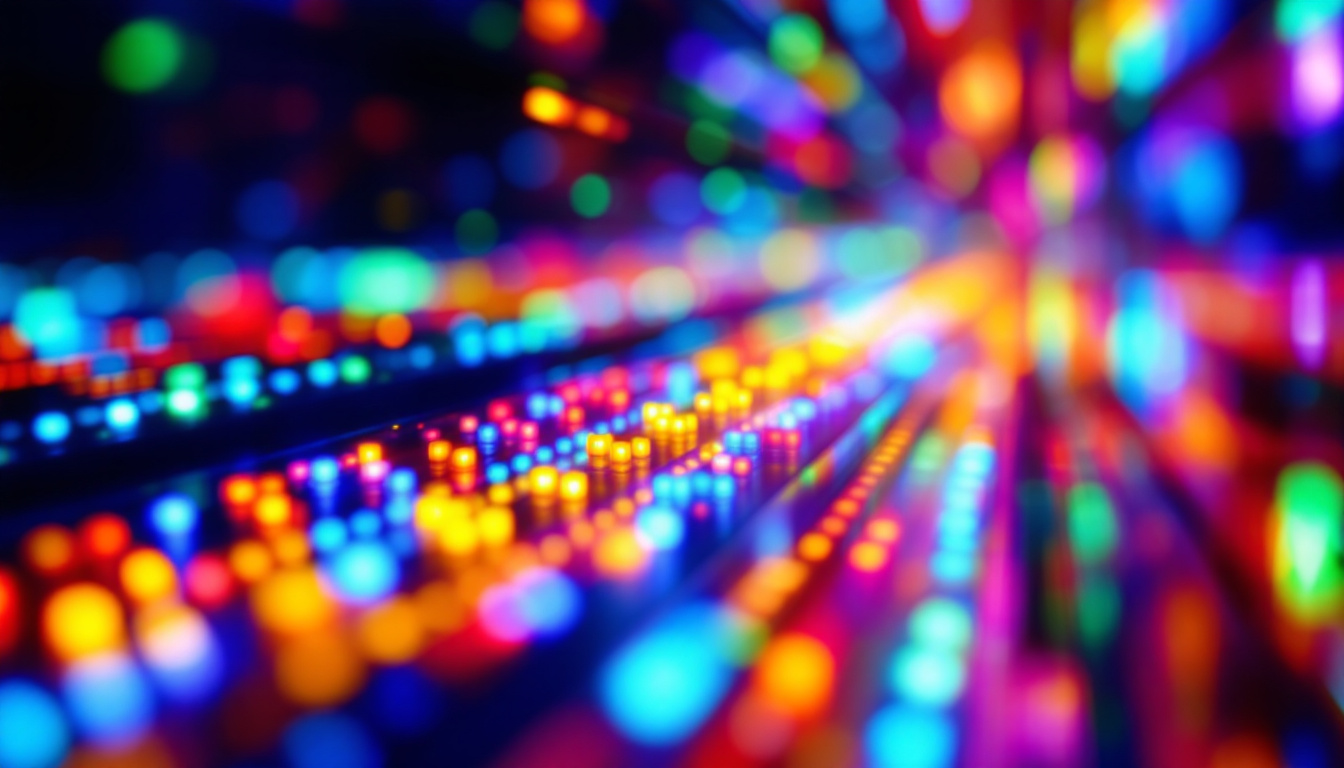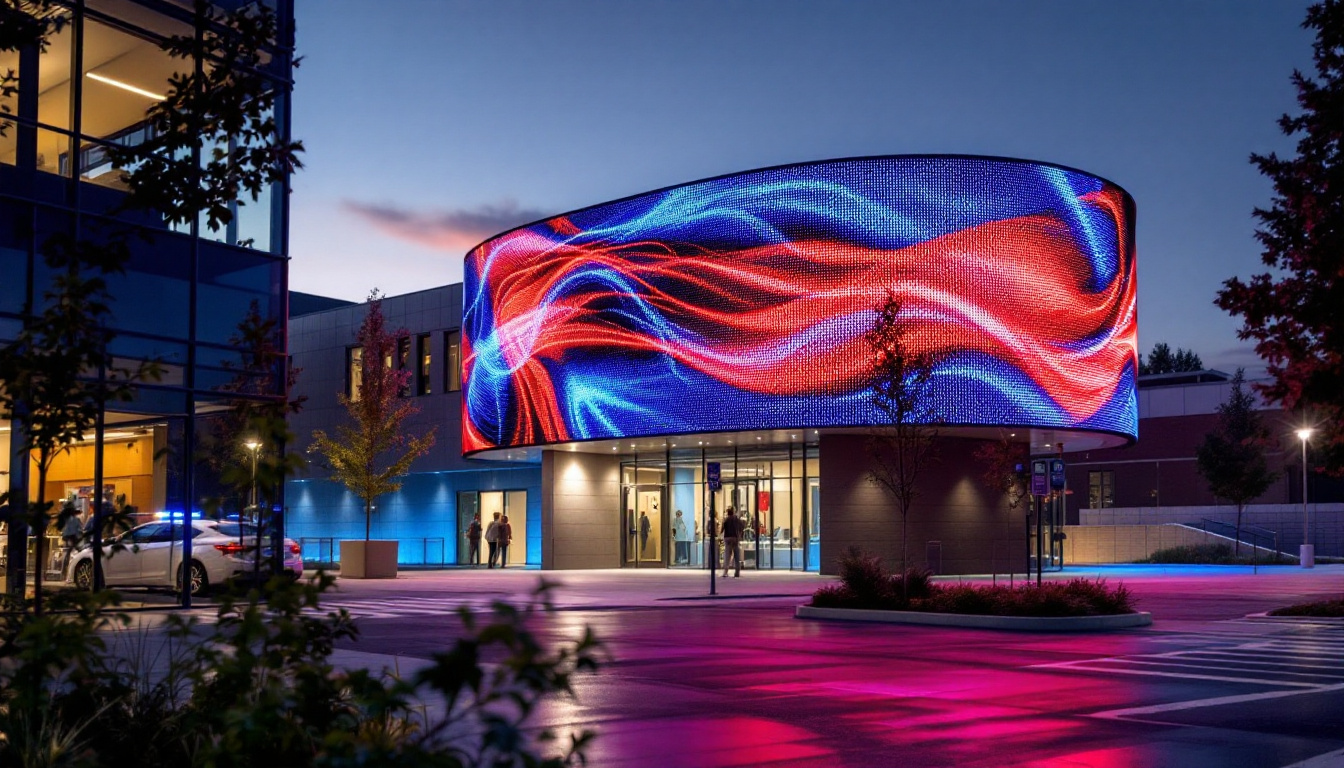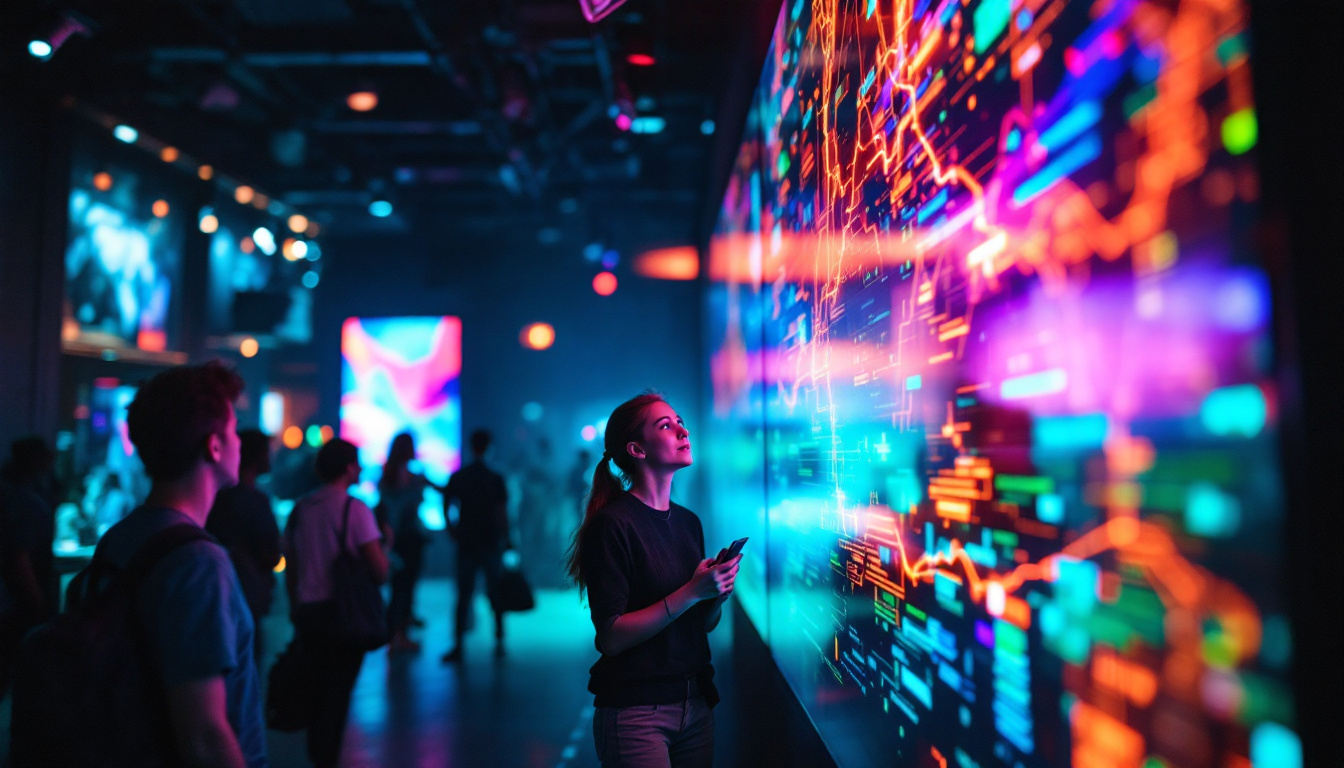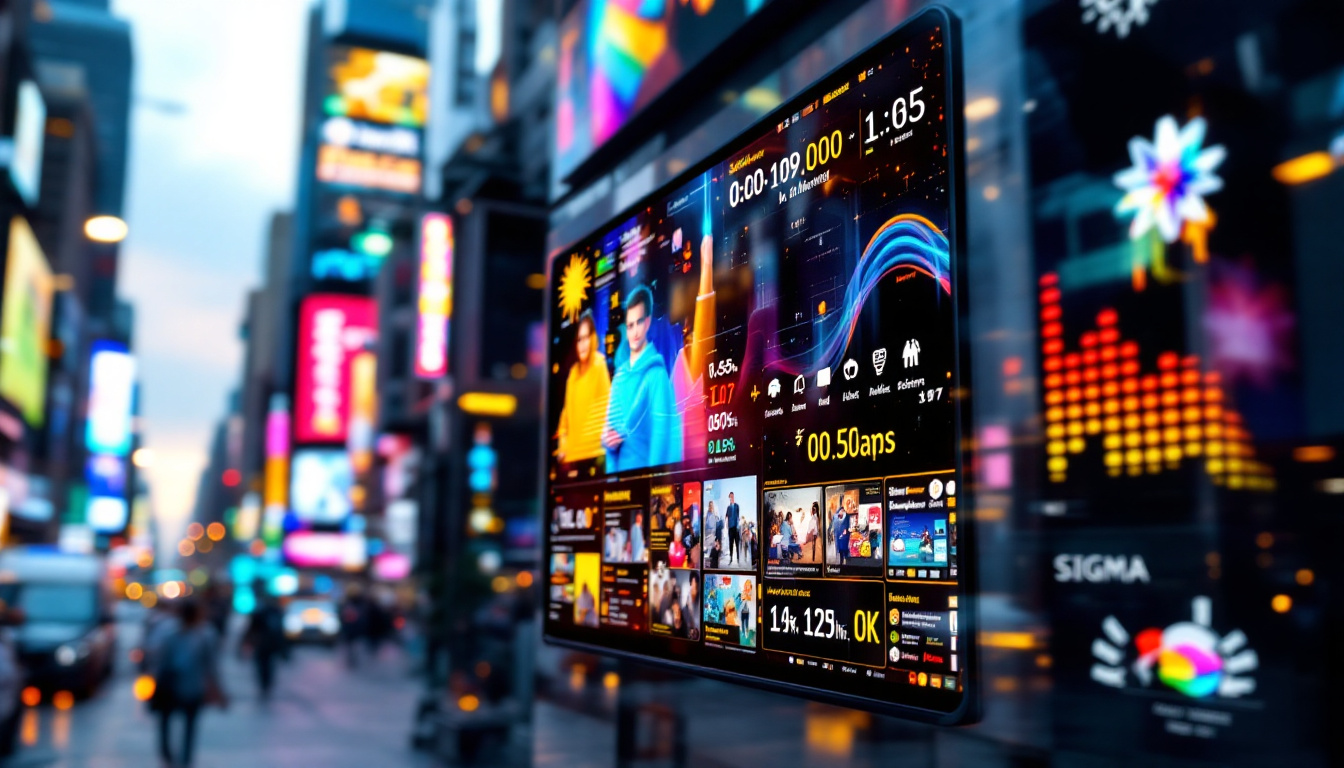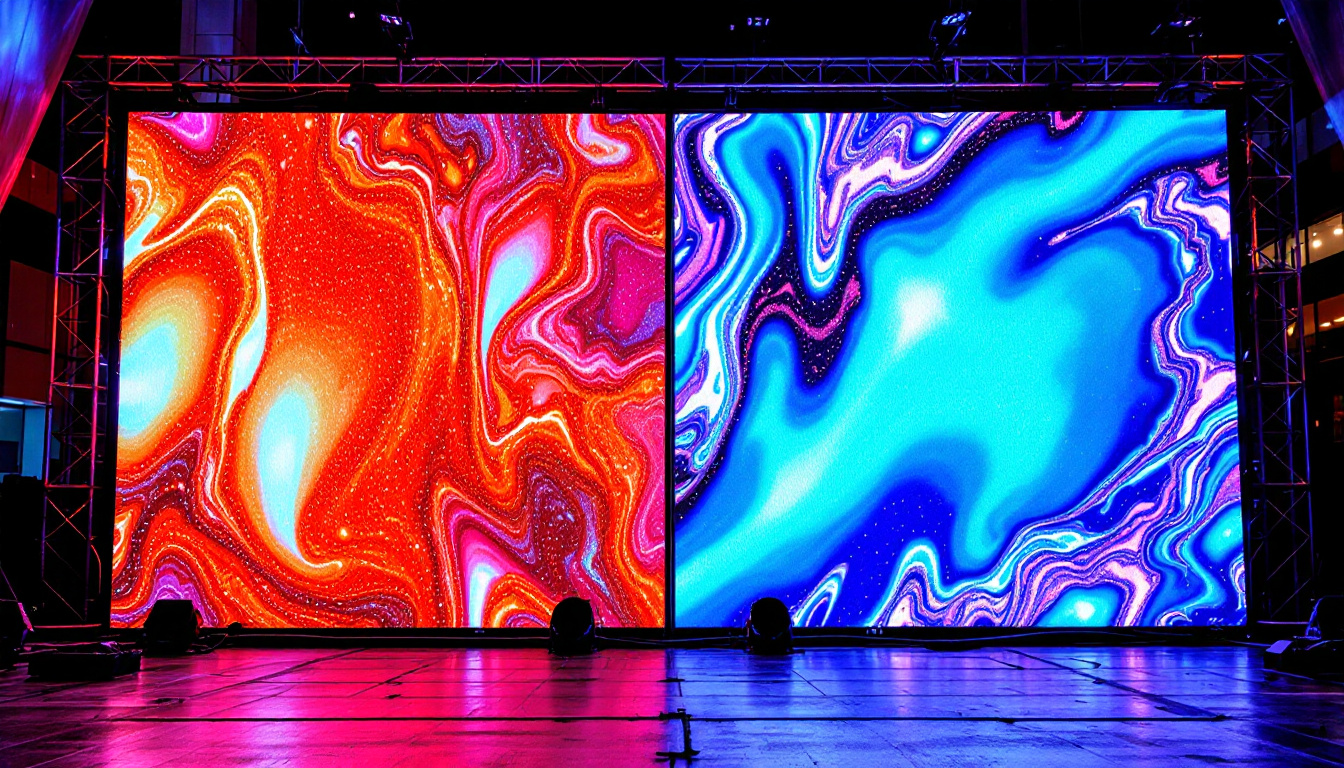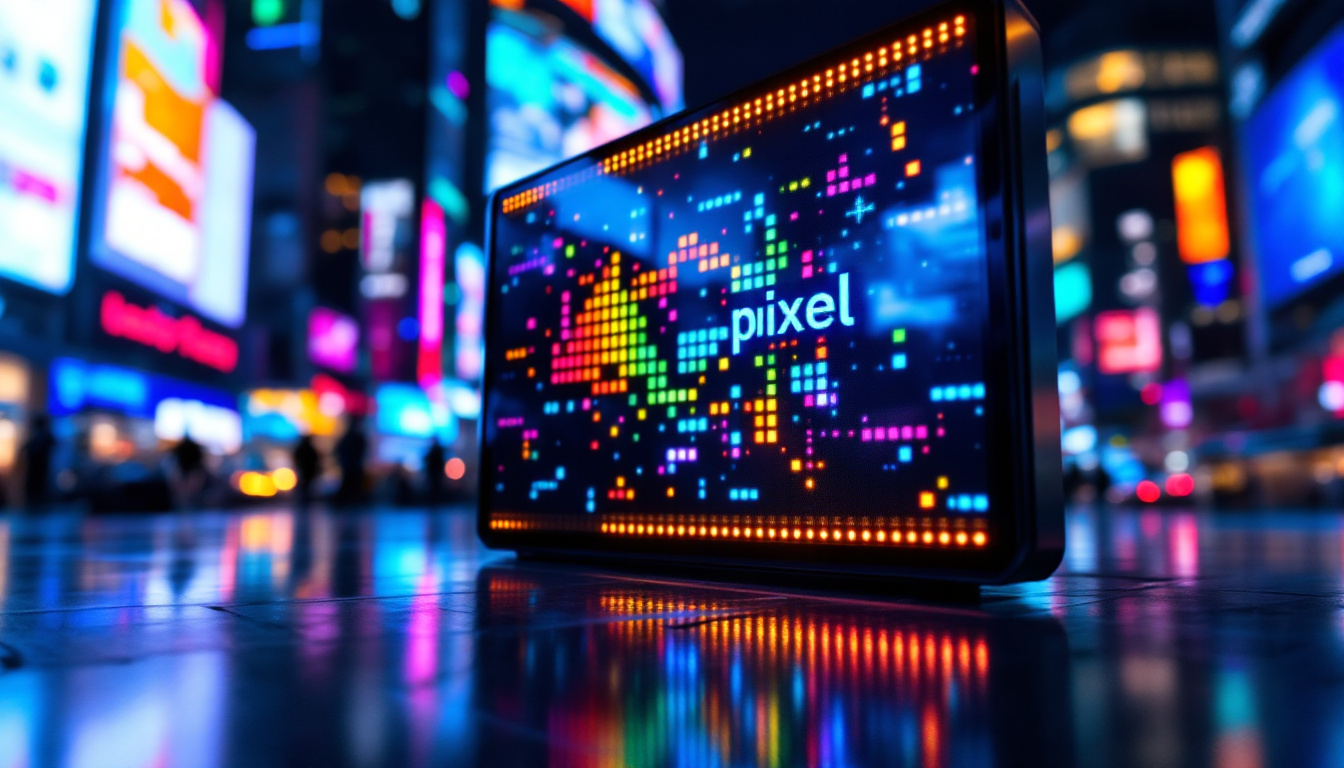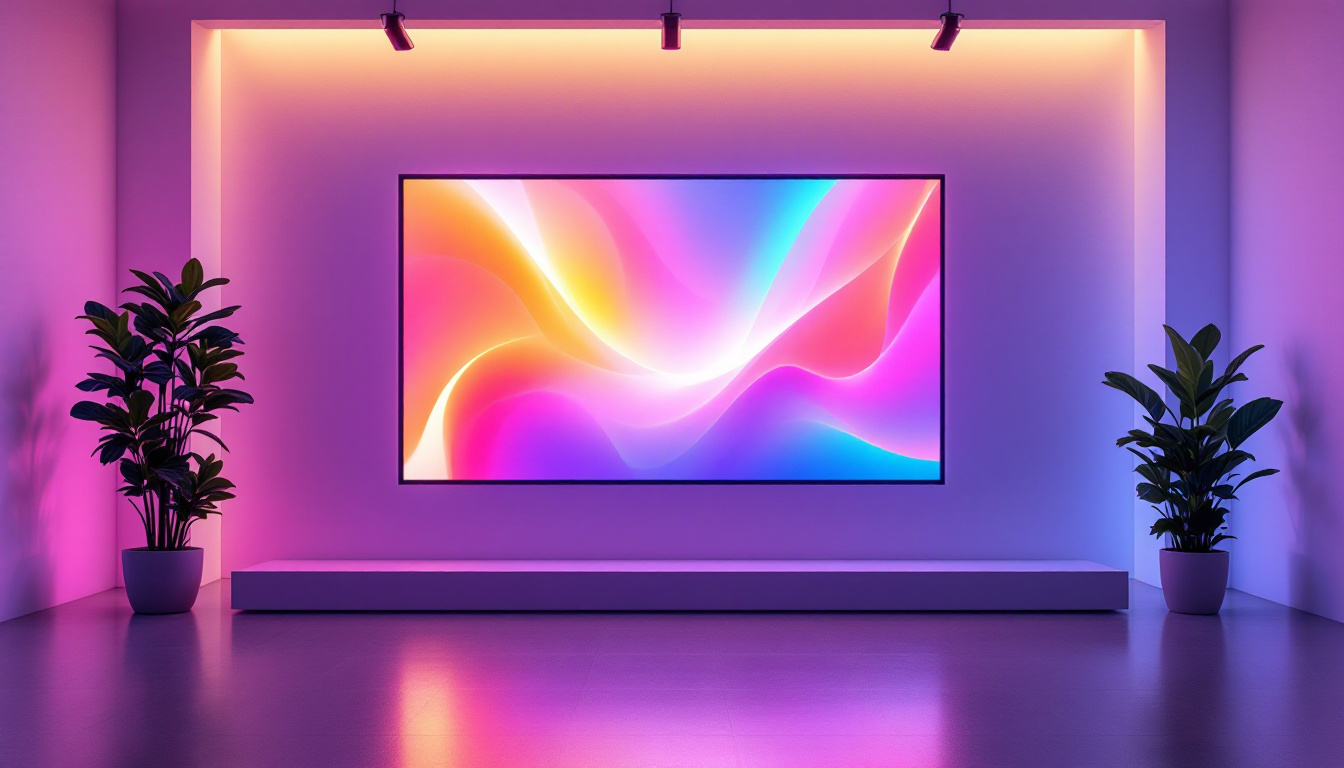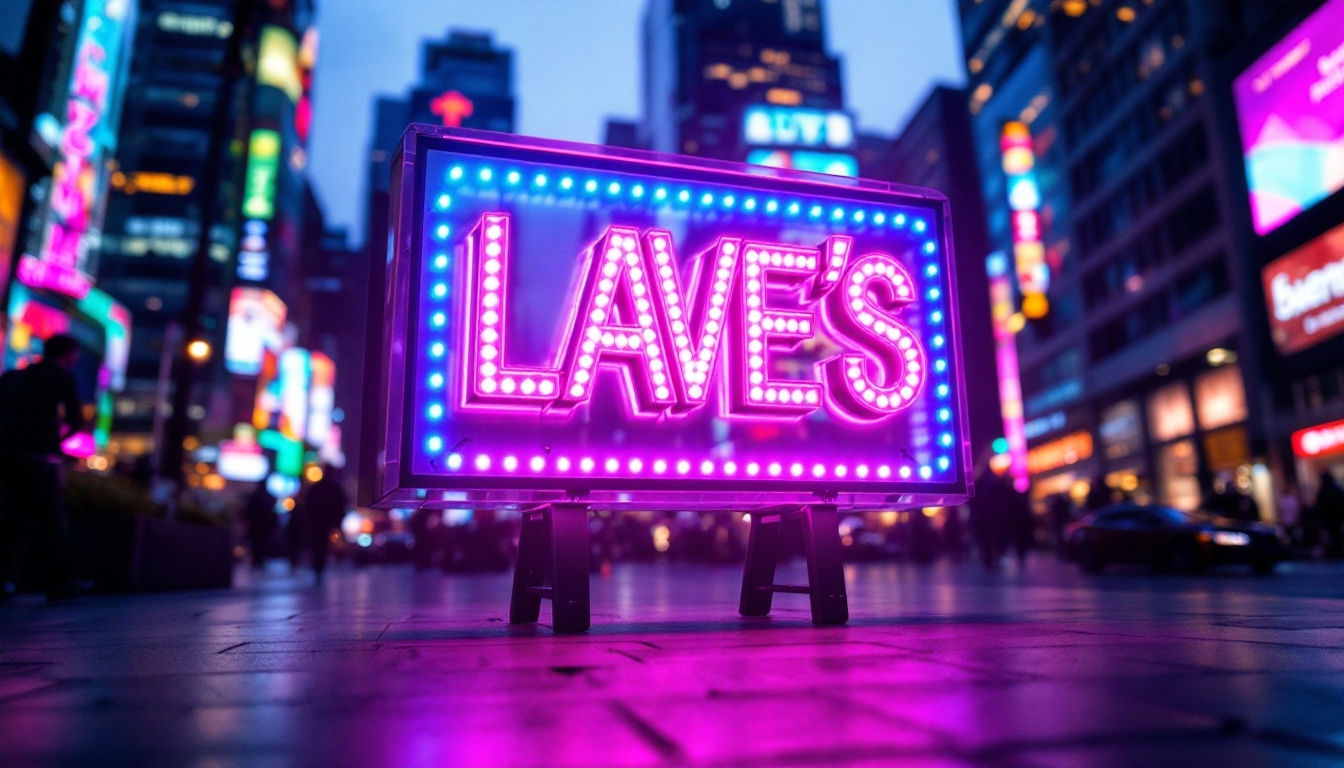In the world of entertainment and events, the visual experience plays a crucial role in engaging audiences. One of the most significant advancements in this area is the use of LED displays. These displays have transformed the way events are presented, offering vibrant colors, high brightness, and versatility. This article delves into the intricacies of LED displays, their technology, applications, and the impact they have on pro sound and light shows.
Understanding LED Technology
Light Emitting Diodes (LEDs) are semiconductor devices that emit light when an electric current passes through them. The technology has evolved significantly since its inception, leading to the development of various types of LED displays. Initially, LEDs were used primarily for indicators and simple displays, but advancements in technology have transformed them into essential components in modern lighting and visual media.
Types of LED Displays
LED displays can be categorized into several types, each serving different purposes and environments. The most common types include:
- Direct View LED Displays: These are composed of individual LED modules that create a larger screen. They are often used in outdoor settings due to their high brightness and visibility in sunlight.
- LED Video Walls: These are made up of multiple LED panels that can be arranged in various configurations. They are ideal for concerts, conferences, and other large events where a cohesive visual experience is essential.
- Flexible LED Displays: These displays can be bent and shaped to fit unique spaces, allowing for creative installations that enhance the overall aesthetic of an event.
How LED Displays Work
LED displays operate through a combination of red, green, and blue (RGB) LEDs. By varying the intensity of each color, a full spectrum of colors can be produced. This RGB color mixing is what allows for the vibrant images and videos that LED displays are known for.
In addition to color mixing, LED displays utilize pixel mapping, where each pixel corresponds to a specific part of the image. This technology ensures that the display can show high-resolution content, making it suitable for everything from simple graphics to complex video presentations.
Moreover, LED technology has seen significant improvements in energy efficiency and longevity. Modern LEDs consume less power compared to traditional lighting solutions, which not only reduces operational costs but also minimizes environmental impact. Furthermore, advancements in thermal management have allowed LEDs to operate at lower temperatures, enhancing their lifespan and reliability. This makes them an attractive option for both commercial and residential applications, where long-term performance is a key consideration.
Another fascinating aspect of LED technology is its adaptability to various applications. Beyond just screens, LEDs are increasingly being integrated into architectural lighting, automotive lighting, and even wearable technology. This versatility showcases the potential for innovative designs and functionalities, allowing creators to push the boundaries of how we experience light and color in our daily lives. As LED technology continues to advance, we can expect to see even more exciting developments that will redefine our interaction with visual media and lighting.
Advantages of LED Displays in Events
LED displays offer numerous advantages that make them a preferred choice for sound and light shows. Their unique features contribute to creating an immersive experience for audiences.
High Brightness and Visibility
One of the most significant benefits of LED displays is their brightness. Unlike traditional projection systems, LEDs can produce bright images even in well-lit environments. This makes them ideal for outdoor events and large venues where visibility is crucial.
The high contrast ratio of LED displays enhances the clarity of images, ensuring that audiences can see every detail. This is particularly important in settings where visuals play a key role in storytelling or conveying information. Furthermore, the ability to adjust brightness levels dynamically allows event organizers to tailor the display to different lighting conditions throughout the event, ensuring that the visuals remain captivating regardless of the time of day or surrounding light sources.
Energy Efficiency
LED technology is known for its energy efficiency. Compared to traditional lighting systems, LED displays consume significantly less power while providing superior brightness. This not only reduces operational costs but also minimizes the environmental impact of events.
Additionally, the longevity of LED displays means that they require less frequent replacements, further contributing to their cost-effectiveness over time. This durability is complemented by their resistance to shock and vibration, making them suitable for high-energy environments like concerts and festivals. Event planners can rest assured that their investment in LED technology will withstand the rigors of live performances, ensuring a seamless experience for both performers and attendees.
Moreover, the versatility of LED displays allows for creative applications, such as curved or flexible screens that can adapt to various stage designs and layouts. This flexibility not only enhances the aesthetic appeal of the event but also enables innovative presentations that can engage the audience in new and exciting ways. With the capability to display dynamic content, such as live feeds, animations, and interactive elements, LED displays can transform a standard event into an unforgettable visual spectacle.
Applications of LED Displays
The versatility of LED displays allows them to be used in a wide range of applications, enhancing various types of events and experiences.
Concerts and Festivals
In the music industry, LED displays have become a staple at concerts and festivals. They are used to create stunning visual backdrops that complement live performances. The ability to synchronize visuals with music enhances the overall experience, captivating audiences and creating memorable moments.
Moreover, LED screens can display real-time content, such as live feeds of performers, which allows fans to feel more connected to the event, even from a distance. This interactivity can extend to social media integration, where audience members can see their tweets or photos displayed on the big screen, fostering a sense of community and participation. The vibrant colors and high brightness of LED technology ensure that visuals remain striking even in outdoor settings, making them ideal for large-scale festivals.
Corporate Events and Conferences
For corporate events, LED displays serve as powerful tools for presentations and branding. They can showcase logos, videos, and other promotional materials, ensuring that the message is conveyed effectively. The high resolution of LED displays allows for clear text and graphics, making it easier for attendees to absorb information.
Additionally, LED displays can be used to create dynamic environments, transforming a simple conference room into an engaging space that fosters creativity and collaboration. Interactive displays can facilitate audience participation through live polls or Q&A sessions, making the event more engaging and informative. Furthermore, the modular design of LED panels allows for flexible configurations, enabling organizers to create unique setups that suit the specific needs of their event, whether it be a product launch or a corporate retreat.
Challenges and Considerations
While LED displays offer numerous benefits, there are also challenges and considerations to keep in mind when incorporating them into an event.
Cost Implications
The initial investment in LED display technology can be significant. High-quality LED screens, especially those designed for professional use, come at a premium price. However, it is essential to consider the long-term benefits and savings associated with energy efficiency and durability.
Event planners must weigh the upfront costs against the potential return on investment, particularly for large-scale events where visual impact is crucial.
Technical Expertise
Setting up and operating LED displays requires technical expertise. Event organizers may need to hire professionals who are experienced in handling LED technology to ensure optimal performance. This includes understanding how to configure the displays, manage content, and troubleshoot any issues that may arise during the event.
Investing in training for staff or collaborating with experienced vendors can mitigate these challenges and enhance the overall success of the event.
Future Trends in LED Display Technology
The LED display industry is continuously evolving, with new technologies and trends emerging that promise to further enhance their capabilities.
Advancements in Resolution and Pixel Density
As technology progresses, LED displays are becoming increasingly high-resolution, with finer pixel densities that allow for even more detailed images. This trend is particularly important for applications where close viewing is common, such as in corporate presentations or intimate concerts.
Ultra-high-definition (UHD) displays are becoming more accessible, enabling event organizers to deliver stunning visuals that captivate audiences and create lasting impressions.
Integration with Other Technologies
LED displays are also being integrated with other technologies, such as augmented reality (AR) and virtual reality (VR). This integration opens up new possibilities for immersive experiences that engage audiences on multiple levels.
For instance, combining LED displays with AR can create interactive environments where attendees can participate in the experience, enhancing their connection to the event.
Conclusion
In summary, LED displays have revolutionized the way events are experienced, offering vibrant visuals that enhance engagement and create memorable moments. Their advantages, including high brightness, energy efficiency, and versatility, make them an essential component of pro sound and light shows.
While there are challenges to consider, such as cost and technical expertise, the benefits far outweigh the drawbacks. As technology continues to advance, LED displays will undoubtedly play an even more significant role in shaping the future of live events.
For event organizers looking to create impactful experiences, investing in LED display technology is a step towards ensuring that their events leave a lasting impression on audiences.
Illuminate Your Events with LumenMatrix
Ready to elevate your pro sound and light shows to new heights? Discover LumenMatrix’s innovative LED display solutions, designed to captivate your audience and amplify your message. From the immersive Indoor LED Wall Display to the dynamic Outdoor LED Wall Display, and from the mobile versatility of Vehicle LED Displays to the interactive allure of Floor LED Displays, LumenMatrix offers a comprehensive range of products to suit any event’s needs. Embrace the future of visual communication with our Custom, All-in-One, and Transparent LED Displays, and see how our cutting-edge technology can transform your events. Check out LumenMatrix LED Display Solutions and join the revolution in creating unforgettable visual experiences.

